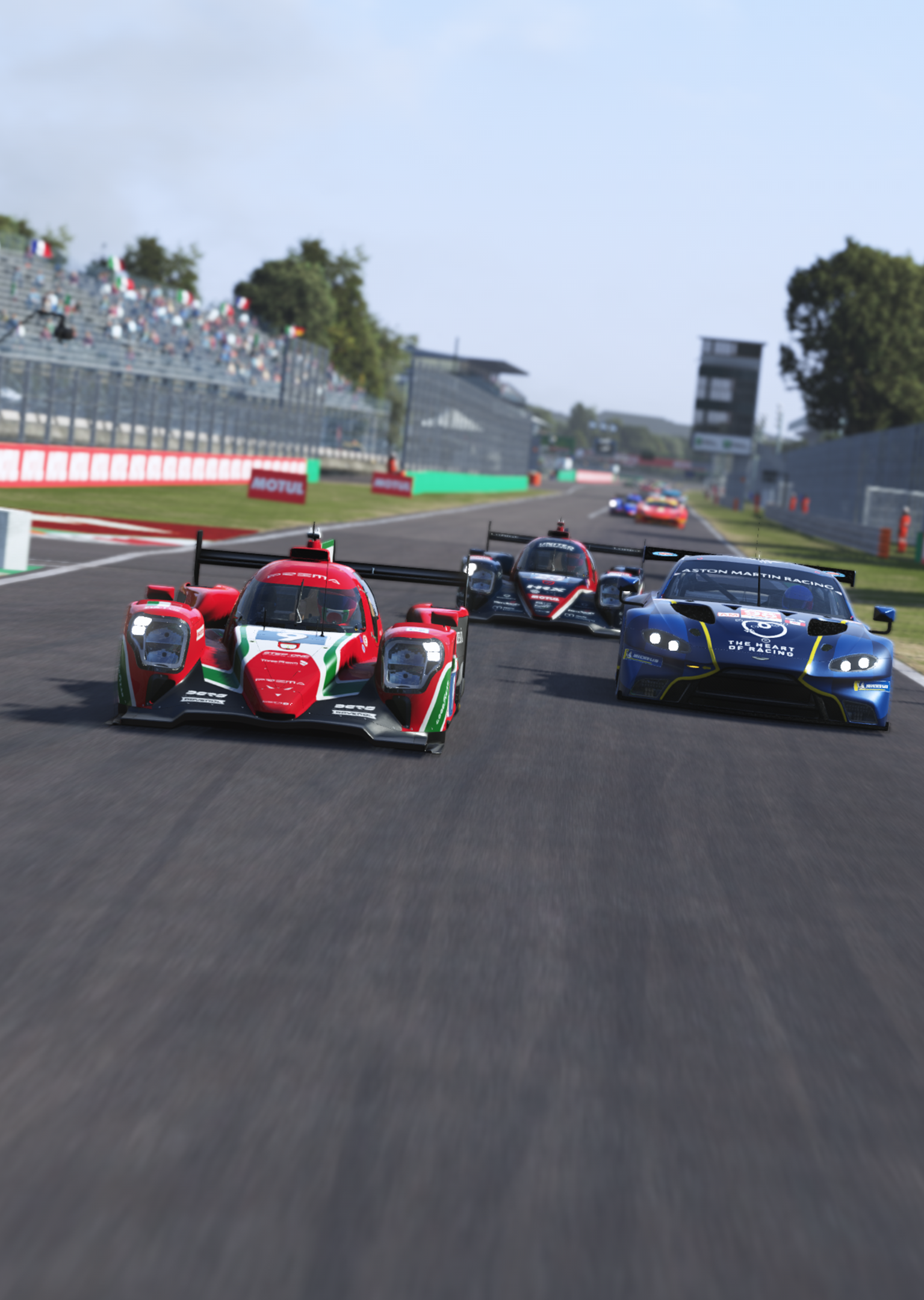

Race online in skill-based events or hosted servers
The official platform of Le Mans Ultimate and rF2














Solo event starting on with 1 Round.

